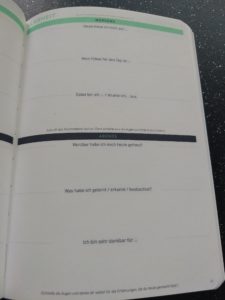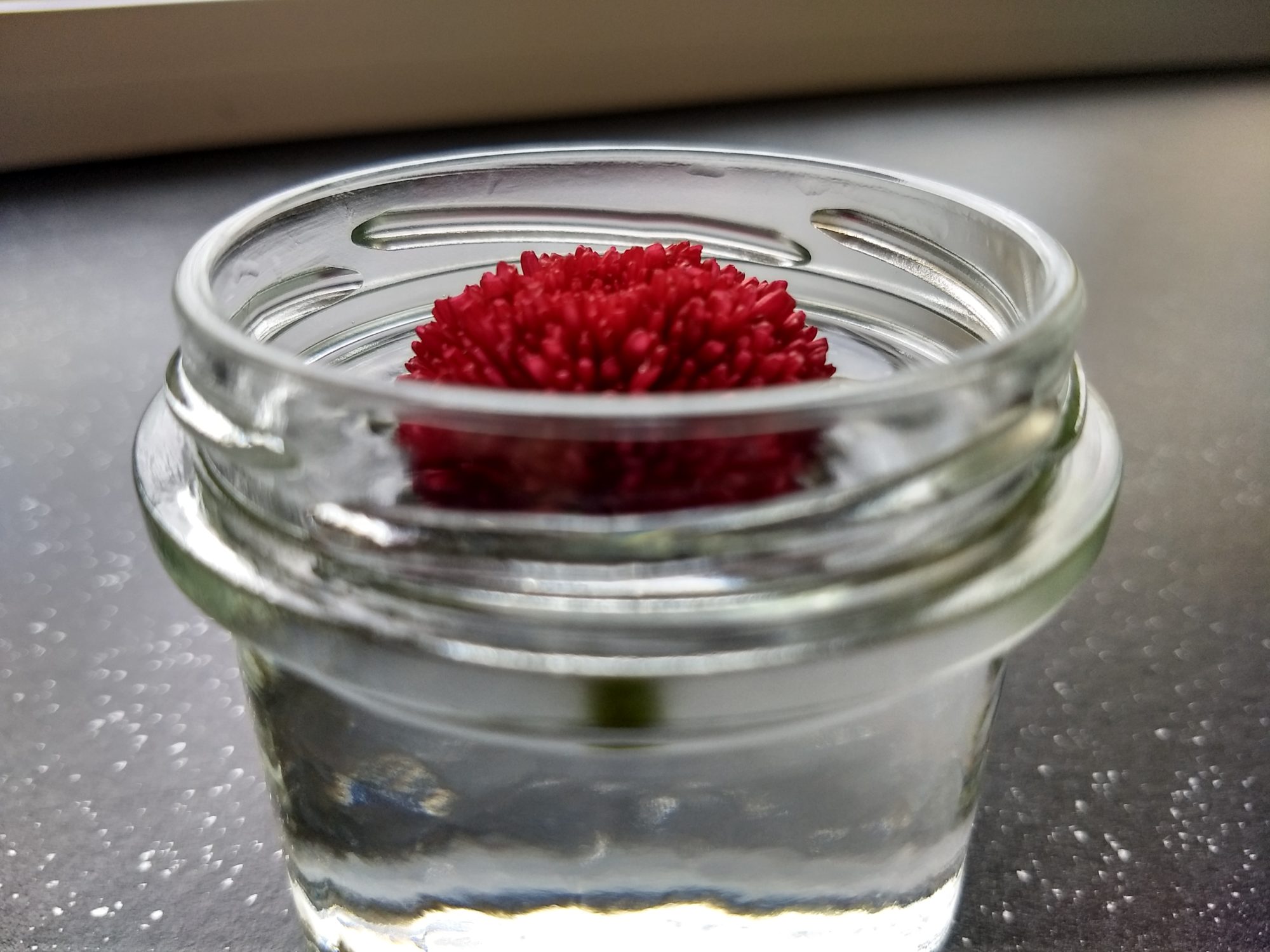A week ago I started sharing my journaling journey with you. As of today I am journaling since 74 days, doing it daily on 72 of those and having made two days of pause. That data is from my habit tracking app which I also used to track the progress of my new journaling habit.
One step back
Before jumping into the internals of habit building, let’s first take a step back and see what started my journey: First of all there obviously was the excitement from the our talks I still had inside me. This energy provided the fertile soil for the free journal sample that Armin was offered and where he asked me “will you use it?” back in August. I only paused for a moment and asked myself: will I really use it? (because I wanted to be honest and reliable with that gift). Then I said “yes!” and with that embarked on the journey. Thank you once again, Armin, for making me that gift and being the spark!
So what were the ingredients that made me stick to writing a daily journal for almost 5 months now?
Think first
The fundament of it all was my clear picture of what I wanted to achieve with reflecting daily in a structured way. I imagined the payoff my new habit will have for me and for people I care about. Michael Bungay Stanier, author of the book ‘The Coaching Habit’, calls this first step: making a vow.
My vow back then was having more clarity for my work (i.e. me and others) and with my partner (another person I cared about at that time). [Small spoiler: at that time I had quite elaborate and specific, almost operational, pictures of that clarity in my mind… which was NOT the clarity I got by actually doing the journaling.]
Second I needed a trigger to latch the new habit onto. I already had some kind of personal daily planning every morning which I wasn’t happy with at all. So that made a great trigger to hook the Klarheit journal into.
Next Michael Bungay Stanier recommends to be short & specific by defining a micro-habit as a first step. He says ideally it should take 60s or less. I call it “start small and feasible” so I promised myself to at least do one of the three sections each morning. [another spoiler to the next part: looking back I barely never did just only one section… once started the things kept going/flowing]
Practise a lot

I embarked on my journey on 12th of September which was the last day of my finish-the-studies-summerholiday.
Since then I had plenty of occasions to practise the new habit deeply: I wrote the journal at home, I wrote it on travel, I wrote at work. I did use additional paper, I just jotted down some words and once I even drew instead of writing – to name only a few of the different chunks of that new habit-in-the-making.
Additionally in the beginning, I heavily shared my experiences with others. That helped me with remembering that celebrating the little successes is crucial! Furthermore inspiring others and exchanging always makes me a little bit happier. 🙂
Brace yourself!
Finally I spiced my journaling habit-in-progress with some built-in resilience by having the step right after stumbling already at hand: I promised myself to continue the other day even if I will have a day where I don’t write.
We are all human, so we all stumble from time to time. What distinguishes a resilient system from a less resilient one is if and how it can recover. It is less about quick fixes, it is more about sustainable changes.
Wrap up
Summing it up in a light way, inspired by agile tech product development lingo, you need these five steps:
| 1. Make a vow | Figure out the customer(s) for whom you build your new Human Operating System (OS) feature |
| 2. Identify your trigger(s) | Identify the routine in your Human OS where you hook the patch into. |
| 3. Be short & be specific | Deliver a MVP. Be sure it is small (60 sec or less) and already valuable to you(r customers). |
| 4. Practise, practise, practise…. | … and don’t forget to celebrate! Appreciate your successes every single time you notice them. Ask for help/feedback if you don’t notice your successes (yes, this can happen as well and that’s okay). |
| 5. Build a resilient system | You’re a human! Human OS is faulty and error-prone. Embrace FAILure as a Fantastic Attempt In Learning and be sure you know how to move on. |
The next part will be about my first weeks using the Klarheit journal, some of the ups and downs of that bumpy ride that also ended unexpectedly.
Take care,
Cosima
